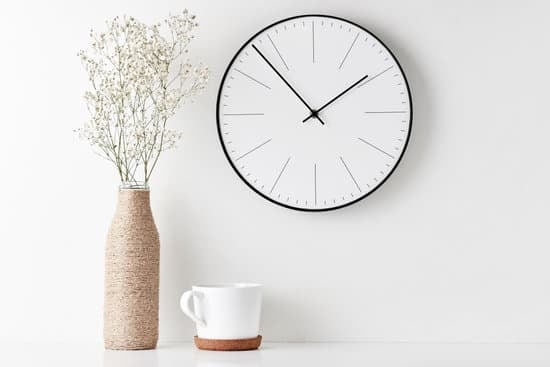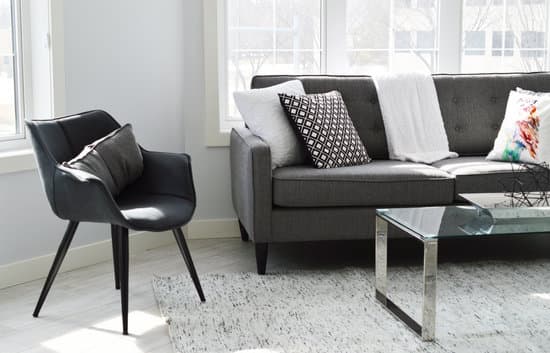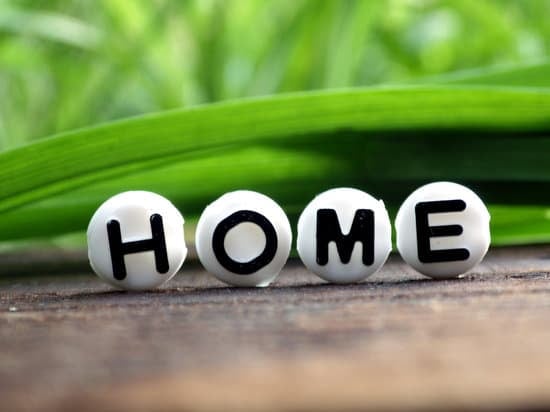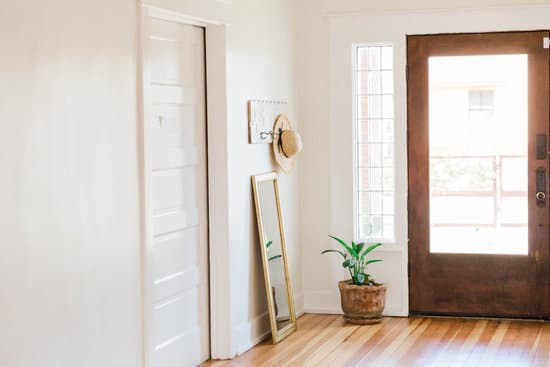Gardening can be a therapeutic hobby, but it can also be physically taxing on the body. It’s not uncommon to feel sore after a day of planting and weeding. The reason behind your post-gardening pain is usually attributed to poor postures and repetitive movements. Let’s dive into the most common gardening injuries that may cause discomfort and inflammation.
Muscle strains: Muscles strains happen when you overstretch or tear a tendon or muscle. This injury can be caused by bending over for too long or lifting heavy objects without proper form.
Back pain: Gardening involves a lot of bending and kneeling, which can lead to lower back pain. This pain can also be caused by lifting objects that are too heavy, or overusing your back muscles.
Tennis elbow: Tennis elbow is a type of tendinitis that affects the elbow joint. This injury is caused by overusing the forearm muscles and tendons, which can be a result of pruning or digging in the garden.
Carpal tunnel syndrome: Carpal tunnel syndrome is a condition that causes pain, numbness, and tingling in the hand and arm. This syndrome can be triggered by repetitive hand movements, such as digging, planting, or weeding.
The key to avoiding these injuries is to maintain good posture and take breaks frequently. Try not to stay in any one position for too long and take breaks to stretch and rest. Additionally, consider investing in ergonomic gardening tools and equipment that can help reduce the strain on your joints and muscles. Remember, a little prevention can go a long way in keeping your gardening activities pain-free and enjoyable.






















